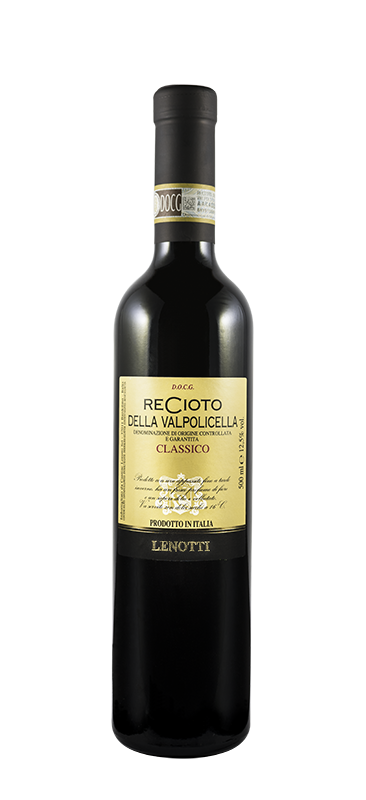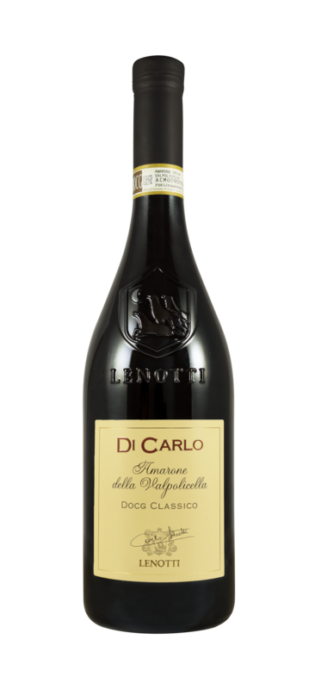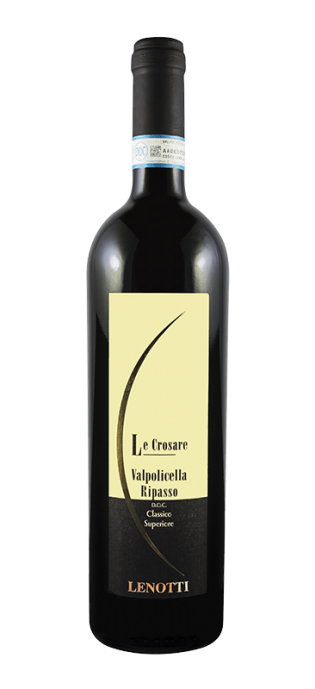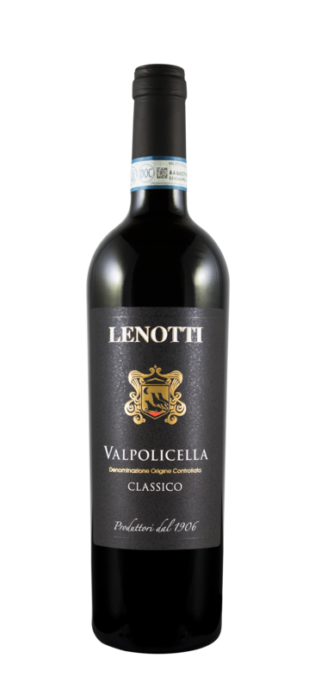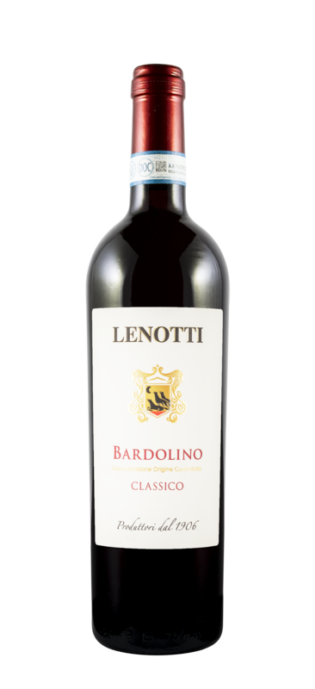96 mg/l
Recioto della Valpolicella DOCG Classico
Alcohol: 12.5% vol.
Area of Production: Region: Veneto. Classic area of Valpolicella north of Verona. Hills of the villages of Negrar, Valgatara and Fumane.
Grapes: Produced in extremely limited quantities only in the best years from the best red grapes of Valpolicella ( 50% Corvina, 40% Rondinella and 10% of others red grapes) which dry out in cases until late winter and are traditionally vinified in January-February.
Soil composition: Argillaceous and calcareous grounds of glacial and alluvial origin.
Vinification and Production System: Soft pressing, slow fermentation (that can last also some months) at controlled temperature (22-23°C.) until the right balance between sugar and alcohol is obtained, preservation in thermoconditioned inox tanks, cold bottling in sterile bottling line.
Organoleptic Description: Dessert wine, sweet, full-bodied and fruity.
Color: Dark brick ruby red.
Bouquet: Intense, fine, fragrant, reminiscent of bitter almonds.
Taste: Aromatic, fresh, intense and fruity.
Serving Temperature: To be served at room temperature (18-19°C.).
Preservation: The wine can be aged for several years without any problem. Store in a fresh, dry and dark place.
Gastronomic Suggestions: Wine for the end of the meal, it goes perfectly with biscuits and desserts. This exceptional sweet wine needs to be savoured slowly to be appreciated in full especially by the ladies.
| Total acidity: | 5.50 g/l |
| Sugar: | 149.00 g/l |
| Total SO2: | |
| Free SO2: | 22 mg/l |
| Net dry extract: | 33.0 g/l |
| Volatile acidity: | 0.60 g/l |
| VINTAGE | AWARD |
| 2000 | “LUCA MARONI 2004” |
| 2000 | “ESPRESSO 2003” |
| 2000 | 3 GRAPES “DUEMILAVINI AIS 2003” |
| 1999 | “LUCA MARONI 2002“ |
The wine was originally named "Acinaticum" by the Romans, from "acino" (grape), precisely because it was believed that its secret was the choice of the best grapes to be used for its production. The name "Acinatico" has been used at least until the 19th century when a new term born: "Recioto", invented and spread by winemakers from Verona. But why Recioto? Where does the term come from and what does it mean?
Grapes originally used for the production of the wine “Recioto”' have been always selected with great care, favouring the best ones from a quality point of view. In particular, the so-called “Recie”, in local dialect literally “ears”', which are the wings of the grape bunches, so called because of their lateral position and connected to the plant at the highest part of the bunch. The “Recie”, exposed to the sun continuously and, being connected to the stem of the bunch, receiving the sap of the plant first, are therefore sweeter than the other parts and therefore of higher quality, ideal for drying and for producing a sweet wine. From the dialect term “Recie”' comes therefore the “Recioto” wine, i.e. the wine produced with the “ears” of the bunch.


